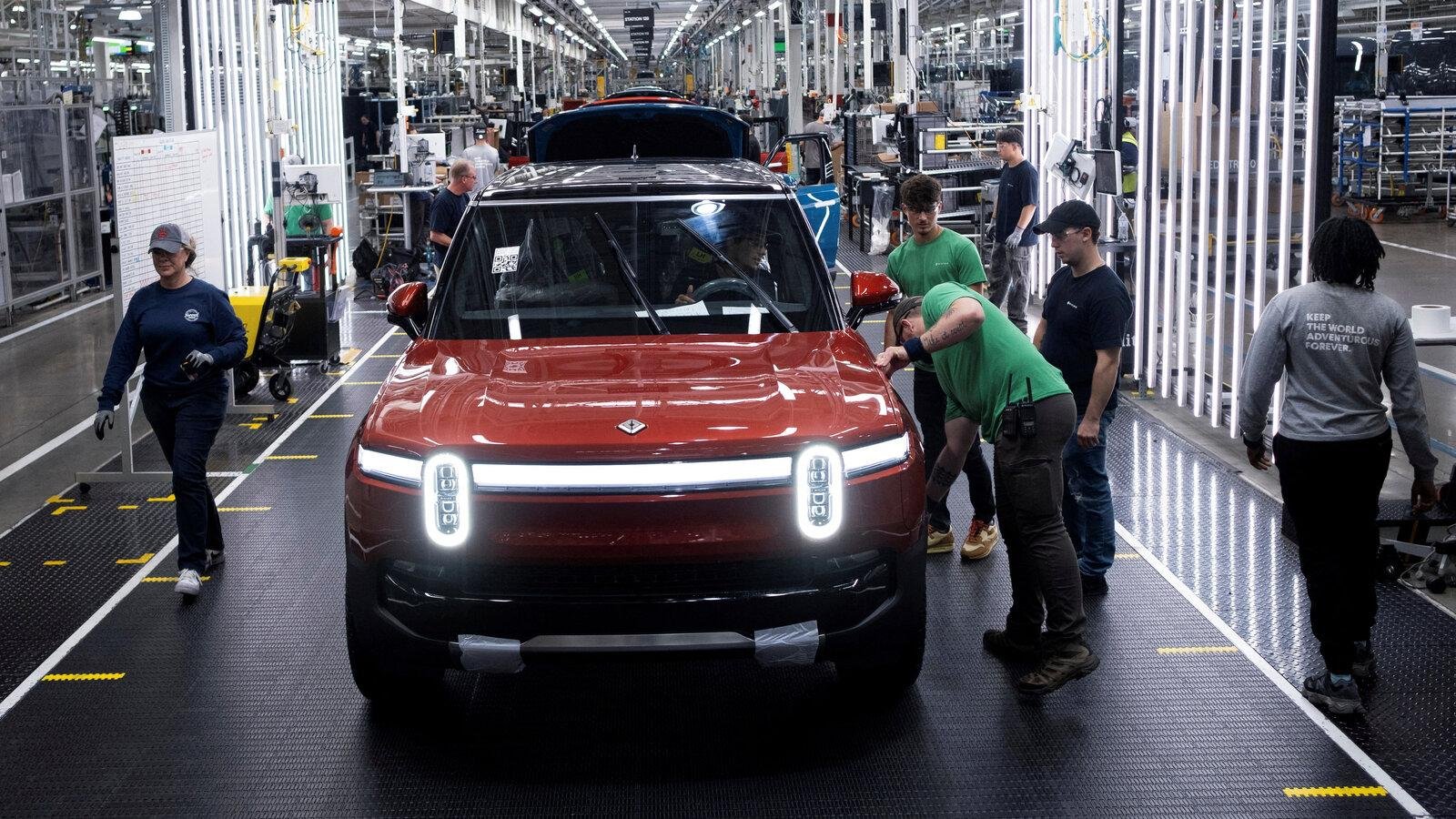Imagine a world where the hum of internal combustion engines fades into the distance, replaced by the quiet purr of electric vehicles. Governments worldwide have been actively encouraging this transition with generous tax credits to make EVs more affordable. However, these credits may soon evaporate, leaving auto enthusiasts contemplating a crucial choice: should they seize the opportunity before it’s gone? Join us as we explore the potential twilight of EV tax credits and the strategic decisions drivers may need to make at this crossroads of clean energy and financial incentives.
– Timing is Critical: Assessing the Window of Opportunity for EV Purchases
The federal tax credit for electric vehicles (EVs) is a significant incentive that can save you thousands of dollars on the purchase of a new EV. However, this credit is scheduled to phase out once a certain number of EVs have been sold. This means that the window of opportunity to take advantage of this credit is closing.
| Vehicle Type | Federal Tax Credit | Phase-Out Threshold |
|---|---|---|
| Electric Cars | $7,500 | 200,000 vehicles/manufacturer |
| Plug-In Hybrids | $7,500 | 200,000 vehicles/manufacturer |
If you are considering buying an EV, it is important to act soon. Depending on the availability of various models, the phase-out schedule could affect your eligibility for the credit. Therefore, it is crucial to research and make a timely decision to ensure you do not miss out on this potential financial benefit.

– Navigating the EV Tax Credit Landscape: Understanding the Expiry and Potential Impacts
Tax Credit Phase-Out Timeline:
The EV tax credit is scheduled to phase out once a certain number of eligible vehicles have been sold. According to the current law, the phase-out will begin once 200,000 qualifying vehicles have been sold for each manufacturer. After this threshold is reached, the credit will start to decrease gradually until it is fully phased out. Here is the projected phase-out timeline:
2023: The full credit of up to $7,500 is available for all eligible vehicles that meet the battery and income requirements.
2024: The credit drops to 50% of the original amount for eligible vehicles from manufacturers that have sold between 200,000 and 600,000 qualifying vehicles.
2025: The credit drops to 25% of the original amount for eligible vehicles from manufacturers that have sold between 600,000 and 1 million qualifying vehicles.
2026: The credit expires for all manufacturers.
Impact on EV Affordability:
The phase-out of the EV tax credit will undoubtedly have an impact on the affordability of electric vehicles. Without the credit, the cost of ownership for EVs will increase, making them less attractive to consumers. This could lead to a decrease in EV sales and slow down the transition to a greener transportation system. However, it’s important to note that the credit was always intended to be a temporary incentive and that the market for EVs is still in its early stages of development. It is likely that the industry will continue to evolve and that other incentives and advancements will emerge to support the growth of EVs in the long term.
– Considerations for Maximizing EV Tax Credit Benefits: Insights for Savvy Shoppers
Factors to Consider for Maximizing EV Tax Credit Benefits
Income Thresholds
To qualify for the full federal tax credit of up to $7,500, individuals must have a taxable income below a certain threshold. The phase-out of the credit begins at $150,000 for single filers and $225,000 for married couples filing jointly. Understanding your income status and planning your EV purchase accordingly can help you maximize your savings.
Potential Time Constraints
The availability of the federal EV tax credit is subject to a phase-out provision. After a certain number of EVs have been sold in the US, the value of the tax credit will gradually diminish until it is eliminated altogether. Stay informed about the upcoming phase-out schedule and factor in the projected availability of the credit when making your purchasing decision.
Closing Remarks
As the decision on EV tax credits looms, the choice lies before you: seize this dwindling opportunity or anticipate future changes in the landscape. Whether you embark on acquiring an electric vehicle now or chart a prudent course, the path forward is paved with a blend of contemplation and anticipation.


